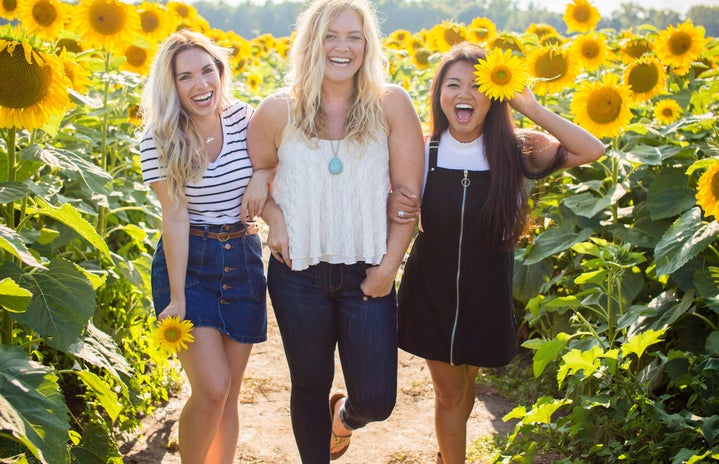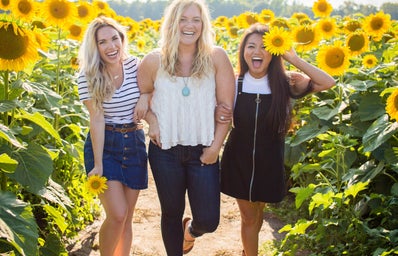As I finished the last episode of The Get Down in my apartment, my heart was swelling with happiness. I couldn’t believe the number of identities that were positively explored and introduced for future episodes. However, I also had a moment of sadness. I knew that this amazing show would never be as popular as Stranger Things. It’s because it suffers from what I’m going to call the Friends Effect.
It can seem like the two Netflix shows are incomparable, but look at the logistics. Coming out this summer, just a month apart, both period pieces explore a group of kids coming of age and trying to gain control of their situations. Albeit there’s more politics in The Get Down and more aliens in Stranger Things, you still have the struggling single guardian, the bonding between friends over a serious matter, and exploration of stories from different POVs. What really separates them (apart from their genres) is the makeup of their casts. The Get Down is rich with characters of color: Black, Puerto Rican, and Biracial are most prominent. Stranger Things has a main cast made up of White people with a single Black character who is arguably one-dimensional and a token.
So what does this have to do with Friends, the 90’s TV show? My answer to this is actually a question: have you ever seen Living Single?
It’s a popular TV show that aired in the early 90’s. It’s about a co-ed group of six friends who live in the same apartment building in NYC. The men live in one apartment, and the women live in another; though they all go in and out of each other’s apartments frequently. They humorously make their way through life. Two of the friends end up getting married while another set of friends is kind of on and off for a moment.
If you don’t know much about Friends, it’s a popular TV show that aired in the early 90’s. It’s about a co-ed group of six friends who live in the same apartment building in NYC. The men live in one apartment, and the women live in another; though they all go in and out of each other’s apartments frequently. They humorously make their way through life. Two of the friends end up getting married while another set of friends is kind of on and off for a moment.
The main difference: one show had a main cast of Black people and is now considered an African-American classic TV show. The other had a main cast of all White people, was advertised and viewed unbelievably more than Living Single, and is considered an all around Classic TV show. Hence, the ‘Friends‘ Effect: having two similar productions, but the version that lacks representation for marginalized groups being the most favored choice.
(Girlfriends also had the ‘Friends‘ Effect with Sex in the City.)
The reality is that producers, writers, Hollywood in general, believe that shows are more palatable when they don’t break molds. In The Get Down, there’s a young woman of color struggling and fighting to chase her dreams without being a victim. There’s a young Black man who, not only isn’t afraid to cry but isn’t ridiculed for doing so. There’s also the possible makings of an interracial relationship that falls out of the heteronormative category. We also see that The Get Down has less than half the demand of Stranger things, (though more view than OITNB making it the second most watch Netflix series) and some reviewers called it a flop in less than a month in due to no interest. (Note: Stranger Things is reported to have taken around 35 days after release to pick up the popularity it has now.)
The cast is Black, and the plot is dramatic, real, and, though aesthetically beautiful, not pretty. The effects of systematic racism and prejudice are on display. The humanization of the black community is happening before your eyes. And in a time where Black Lives Matter is a hot topic movement that makes some people feel “attacked,” humanization isn’t really in the cards. But it’s not just about what studios think we want either, it’s what we actually watch. It’s what we compare, what we choose to binge watch, what we critique and why/how, and what we rave about.
Many people will tell you up and down that what they want to see is more diversity, female agency, LGBTQIA+ characters, a character that breaks masculine stereotypes, etc. Yet, shows like The Get Down are still on their “oh I’ve meant to get around to it” list.
I’m hoping for a second season, but that might not be the case. Luckily we have Luke Cage at the moment that’s so popular that it may have caused Netflix to crash. This is great news considering that Jessica Jones and Daredevil could push Luke Cage into the Friends Effect.
All in all, support diverse programs by watching them and getting others to as well.


